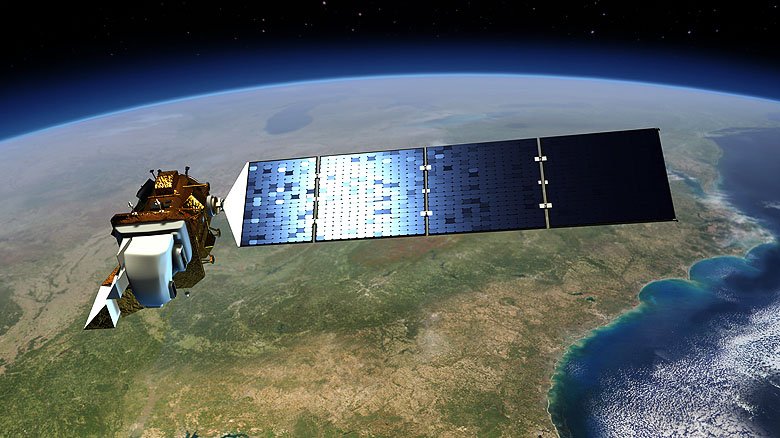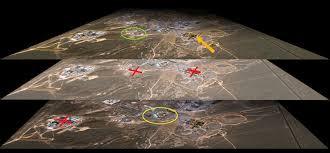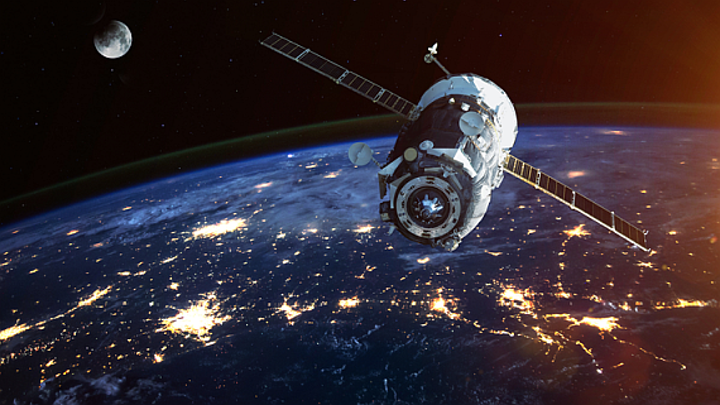The subdomain map.myetv.tv, allows everyone to use vector, topographic and satellite maps for a series of functions and also to filter MYETV contents- [Contents: every content intended as text, images, audio or video] - based on their nationality specified by the authors; we partnered with the best companies form the whole World to bring 3 types of maps, available istantly and without any limitations:
- Vector Map: vectorial maps are interactive maps designed with license- [License: a permit from an authority to own or use something, do a particular thing, or carry on a trade] - GNU/AGPL, update yearly based.
- Street/Topographic Map: topographic maps are interactive, layered maps designed thanks to OpenStreetMap® and is open data, costantly updated.
- Satellite Maps: satellite maps are 3d layered, imagery maps designed thanks to public and private companies who scan our World with staellites and airplanes, with filters designed by the best private companies in the sector. Satellite images map and filters are powered thanks to the work of ESRI.
Vector Map
The vector map is a drawn and interactive map and allows you to select a country to filter the contents of the timeline; when you click on a country in the map, a timeline will be displayed at the bottom containing all the content- [Contents: every content intended as text, images, audio or video] - available on MYETV from that Country. This map is drawn and only the borders of the countries are available, no city or street names are present. The map is updated annually and also allows geolocation via GPS, if activated in the settings (GPS is deactivated by default).
Street/Topographic Map
This type of map is interactive and is only available when you search for a specific place and also allows you to calculate the route and distance between two different places. It contains the topography of the streets and avenues updated in real time thanks to OpenStreetMap® open data and allows you to highlight a route decided by the user. This map also allows geolocation via GPS, only if this setting is activated (GPS is deactivated by default).
Satellite Maps

Satellite maps use images from satellites filtered by public and private institutes from all over the world to offer the best possible view of planet Earth up to a maximum of 20 meters high thanks to aerial images from air forces from all over the world. It is possible to zoom up to 20 meters high (50 feet) only in permitted areas, in all other areas zooming up to 50 meters high is available; the available zoom level also varies with respect to the filter used for viewing. At the bottom right of the map there is always the MYETV logo with the service used for that particular map layer and zoom level; this map also allows geolocation via GPS, only if this setting is activated (GPS is deactivated by default). Furthermore, at the top right there are special filters designed by private institutes to improve the quality of the images:
– Imagery (firefly): this filter is the default and displays the map closest to reality, with images from satellites with clouds and defects included, also coming from airplanes. It is the filter that can use the maximum possible zoom.
– Imagery (clarity): this filter allows you to view the best combined images from satellites with much fewer clouds and sharper images.
Imagery: this filter is made up of the Firefly and Clarity images together to form an image map as close as possible to the real one, adjusting the various imperfections.
– National Geographic: this filter allows you to better view natural reliefs such as mountains, forests and more.
– Topographic: the topographic map returns all the names of the cities, rivers, seas, natural and artificial areas.
– Streets: the street map returns all the names of cities, streets and streets and avenues (not updated in real-time).
– Oceans: this filter highlights the ocean floor and allows you to map all the oceans and seas more easily.
– Gray & Dark Gray: these filters allow you to highlight the artificial and natural borders of nations and continents.
– Shaded relief: this filter allows you to highlight the reliefs of the Nations and Continents.
– Physical: this filter allows you to view the map as if it were physically drawn on paper at all zoom levels.
From a written place to geographical coordinates
We have implemented an advanced search functionality in any language in the world thanks to Nominatim open data powered by OpenStreetMap® updated in real time in any language in the world; in the search engine- [Search Engine: is the application that deals with the search for content, networks or anything else on the platform] - it is possible to search for a place, a street, an avenue or any geographical name and the system returns the geographical coordinates and reproduces them on the selected map, thanks to an artificial intelligence system created specifically for this service. To reduce calls to service APIs and make the platform- [Platform: the set of the main domain and all the subdomain of a particular website; also the computer architecture and equipment using a particular operating system] - faster, searches include a caching system.
GPS (Global Positioning System)
GPS allows the positioning of an object in a predefined space; to use these features safely we use the Geolocation API integrated in the browsers used by users which allow the use of GPS positioning in the devices where it is implemented, otherwise it uses a set of information to obtain the user’s geographical position, and returns a set of data such as longitude and latitude can be reproduced on a map. GPS is disabled by default and can be activated from settings; when GPS is activated the user can also decide whether their position should be updated only once or whether it is automatically updated in real time; in the second case the position continues to change if the user moves and is updated on the maps. A blue dot appears on maps at the location where the object is enabled to receive GPS data. To detect your position, the map.myetv.tv platform must be turned on (visible on the screen) and GPS must be enabled. Read more about this feature, here: https://blog.myetv.tv/2021/03/05/geolocation-and-geo-gps-available-everywhere/
What is Geospatial intelligence?
 Geospatial intelligence is, as the name suggests, all about deriving information from geospatial data. In the same way, we use the time to give context to data when analyzing it we can also use location as an extra dimension. If you think about trying to derive meaning from a data set of the number of shoes brought by people living in Canada without any knowledge of the time or date when the shoes were purchased you will quickly understand that creating marketing budget or basing any future decisions on this data would be almost impossible. However, if we know the time and date of the purchases we can start to discover trends in the data because time gives us a way of grouping and relating purchases to each other. Now consider the same scenario with a spatially enabled data set. Now, we can not only ground customer behavior by time but also by location. This might mean that we see patterns like certain geographic areas that brought more or fewer shoes than other areas. These kinds of patterns or trends would be used to inform in other business-related decisions such as where and when should a show company concentrate their marketing efforts.
Geospatial intelligence is, as the name suggests, all about deriving information from geospatial data. In the same way, we use the time to give context to data when analyzing it we can also use location as an extra dimension. If you think about trying to derive meaning from a data set of the number of shoes brought by people living in Canada without any knowledge of the time or date when the shoes were purchased you will quickly understand that creating marketing budget or basing any future decisions on this data would be almost impossible. However, if we know the time and date of the purchases we can start to discover trends in the data because time gives us a way of grouping and relating purchases to each other. Now consider the same scenario with a spatially enabled data set. Now, we can not only ground customer behavior by time but also by location. This might mean that we see patterns like certain geographic areas that brought more or fewer shoes than other areas. These kinds of patterns or trends would be used to inform in other business-related decisions such as where and when should a show company concentrate their marketing efforts.
The MYETV’s Terms of Services are updated with new informations and all the respective licenses of the maps.

